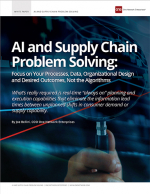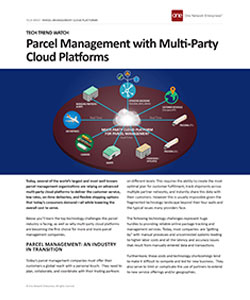Parcel Management with Multi-Party Cloud Platforms
Today, several of the world’s largest and most well known parcel management organizations are relying on advanced multi-party cloud platforms to deliver the customer service, low rates, on-time deliveries, and flexible shipping options that today's consumers demand - all while lowering the overall cost to serve.
Below you’ll learn the top technology challenges the parcel industry is facing, as well as why multi-party cloud platforms are becoming the first choice for more and more parcel management companies.
Parcel Management: An Industry in Transition
Today’s parcel management companies must offer their customers a global reach with a personal touch.
They need to plan, collaborate, and coordinate with their trading partners on different levels.
This requires the ability to create the most optimal plan for customer fulfillment, track shipments across multiple partner networks, and instantly share this data with their customers.
However this is usually impossible given the fragmented technology landscape beyond their four walls and the typical issues many providers face.
The following technology challenges represent huge hurdles to providing reliable online package tracking and management services.
Today, most companies are “getting by” with manual processes and unconnected systems leading to higher labor costs and all the latency and accuracy issues that result from manually entered data and transactions.
Furthermore, these costs and technology shortcomings tend to make it difficult to compete and bid for new business.
They also serve to limit or complicate the use of partners to extend to new service offerings and/or geographies.
7 Top Technology Challenges
- Systems can’t scale to meet the huge data volumes associated with the parcel industry
- Reliance on manual processes
- Planning engines can’t optimize the entire network
- Impossible to sense and manage ever-changing demand signals in real time
- Vertical systems and databases can’t integrate critical demand, supply, and logistics data
- No visibility of outside partner actions, events, or exceptions
- No ability to systemically plan, coordinate, and/or collaborate with outside partners
What’s Related




Favorites





